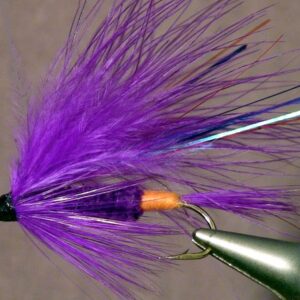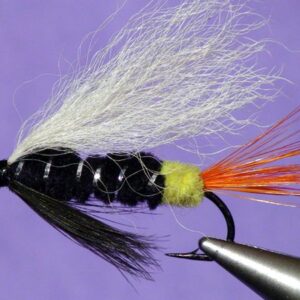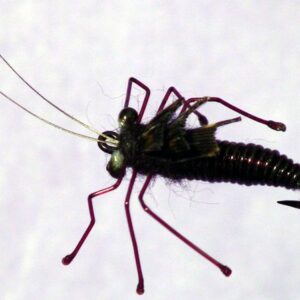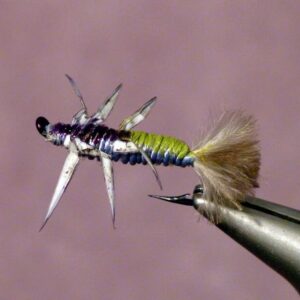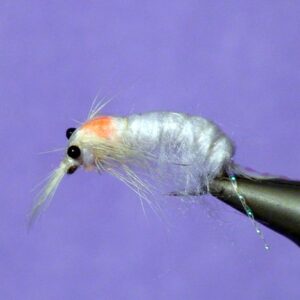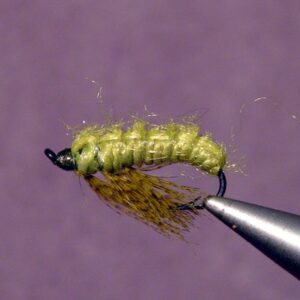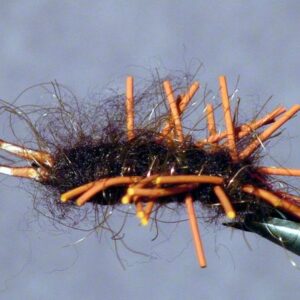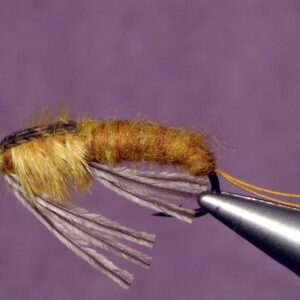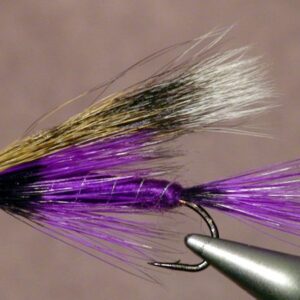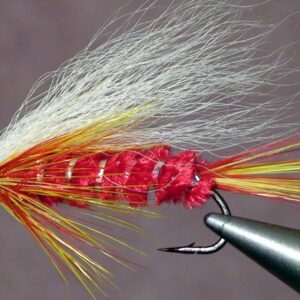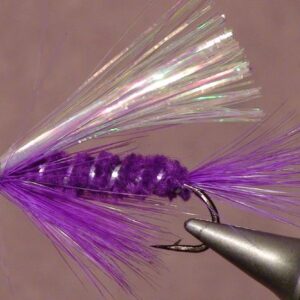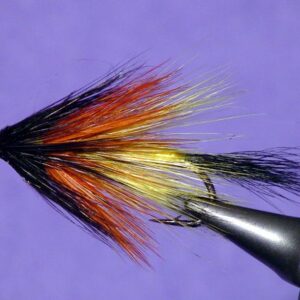Showing all 12 results
Great Lakes Steelhead feed on baitfish such as smelt and alewives but they will also eat insects, especially in the nymphal stage of life. They are very opportunistic, perhaps more than any of the other salmonids. After all, they are rainbow trout. Could it be that the steelhead adapt to what they experienced in the early stages of their life? One of the most plentiful insects are Winter Stoneflies. These nymphs move to crawl out of the water during the warmest part of the day and that’s when the steelhead key in on them. The steelhead waiting to spawn that hold in the pools of the rivers draining into the Great Lakes will focus on eating the stonefly nymphs, big burrower mayfly nymphs such as the Hexagenia species and caddisfly larvae. The Hare’s Ear nymph and Pheasant-tail nymphs work and we sell them, but our Perfect Fly stonefly, hexagenia mayfly cadddisfly larva imitations will outperform these generic flies. Under the same conditions as mention above, steelhead will also feed on caddis larvae, both the free-living and net-spinning kind. Our “Perfect Fly” Green Caddis larva and Cinnamon Sedge larva flies imitate these very realistically. Between October and early December, Fall Steelhead will take wet flies well at times. You want to fish water above 40 degrees.
